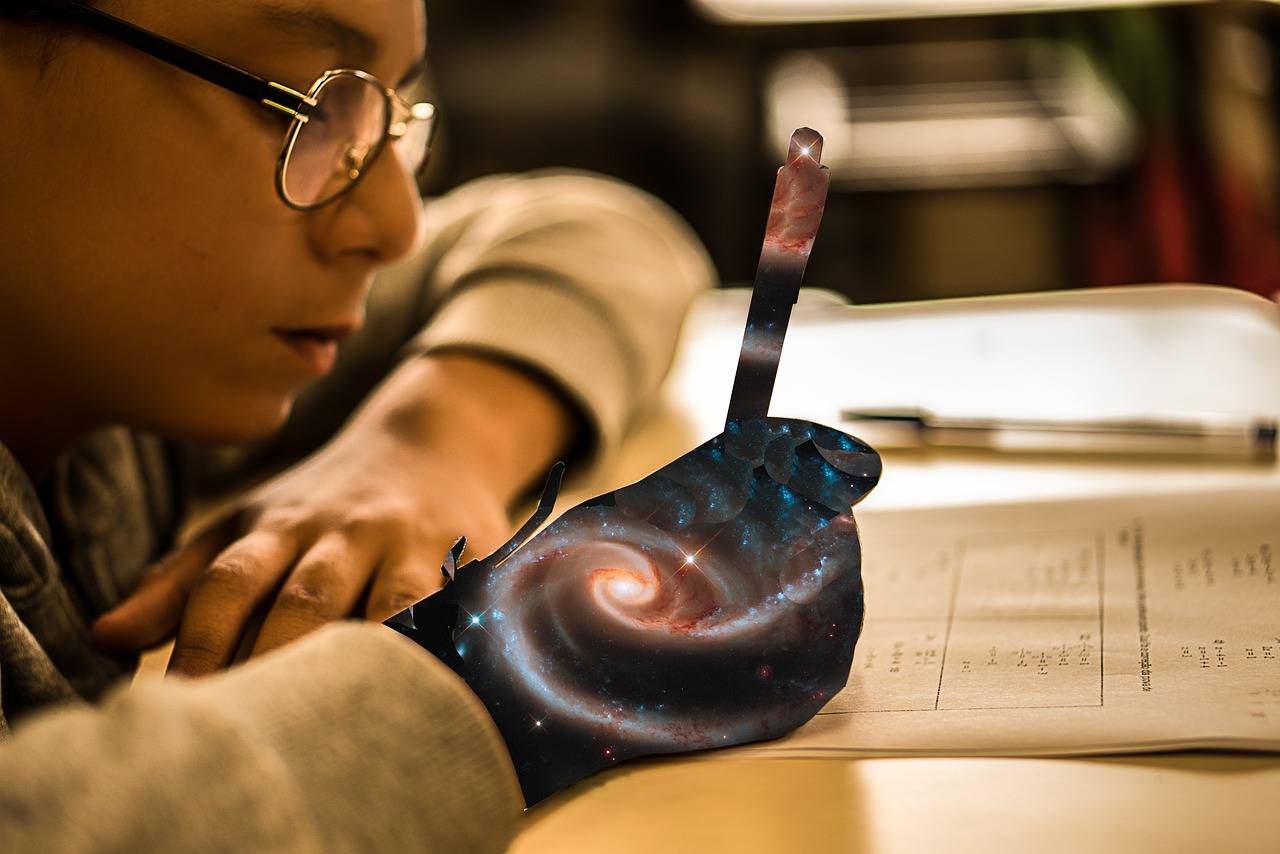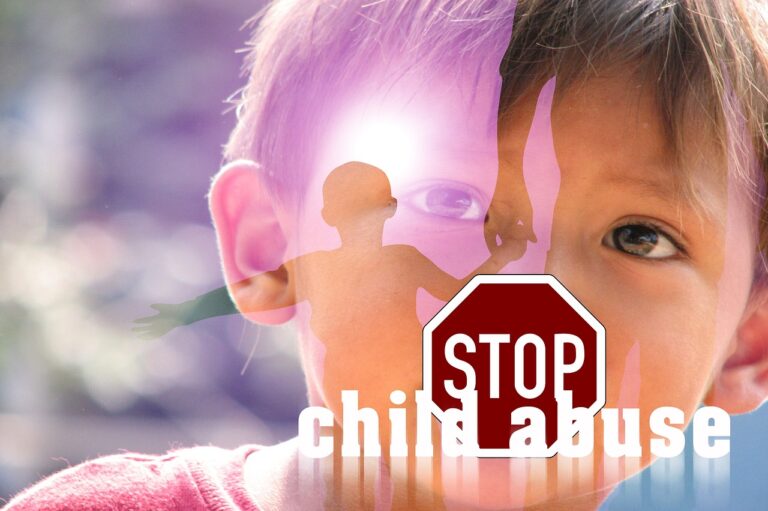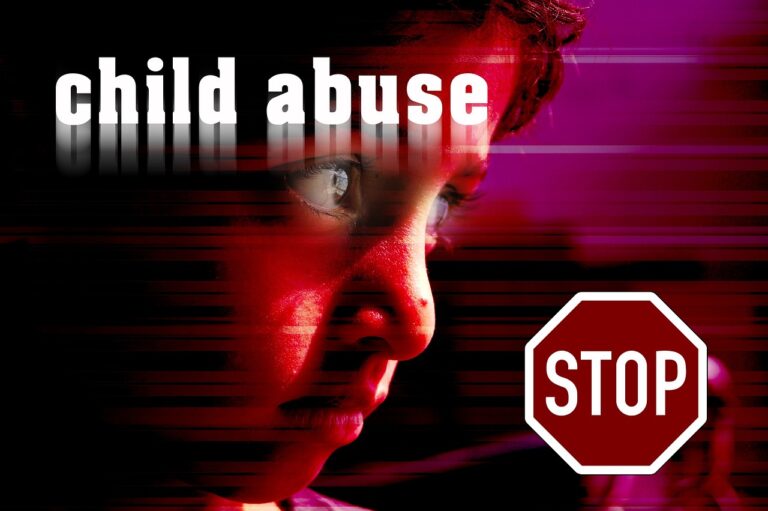Addressing Implicit Bias in College Course Evaluations
Implicit bias in college course evaluations can often manifest in the form of gender stereotypes, racial assumptions, and other preconceived notions. This bias can influence the way students perceive their instructors’ competence, teaching style, and overall performance in the classroom. It is crucial for educators to be aware of these biases and work towards minimizing their impact on course evaluations.
One way to identify implicit bias in course evaluations is to closely examine the language used by students. Words or phrases that reflect stereotypes or assumptions about a particular group can reveal underlying bias. Additionally, paying attention to patterns in feedback, such as consistently lower ratings for instructors of a certain gender or race, can provide insight into the presence of implicit bias in course evaluations. By recognizing and addressing these biases, educators can create a more equitable and inclusive evaluation process for all instructors.
Understanding the Impact of Implicit Bias on Course Evaluations
Implicit bias can heavily influence the way college course evaluations are conducted, impacting both the feedback provided by students and the assessments made by instructors. These biases, often rooted in societal stereotypes and assumptions, can manifest in various forms within the evaluation process, leading to inaccurate assessments of a course’s effectiveness.
It is important for both students and educators to recognize the potential presence of implicit bias in course evaluations, as they have a significant impact on decisions related to curriculum development, teaching strategies, and faculty advancement. By fostering awareness of these biases and actively working to mitigate their effects, schools can strive towards a more equitable and objective evaluation process that truly reflects the learning experiences of all students.
Recognizing Stereotypes and Assumptions in Student Feedback
When analyzing student feedback on college courses, it is crucial to be aware of the presence of stereotypes and assumptions that may influence the evaluations. These implicit biases can manifest in various forms, such as gender, race, or age-related stereotypes that may impact how students perceive their instructors and the course material. For instance, a female professor may be critiqued for being “too emotional” or “nurturing,” while a male professor exhibiting the same behaviors may be praised for being “passionate” or “caring.”
Moreover, assumptions based on cultural background or physical appearance can also shape students’ feedback. Students may unintentionally draw on societal stereotypes when evaluating their instructors, leading to biased assessments that do not accurately reflect teaching effectiveness. It is essential for both students and educators to recognize and challenge these implicit biases in order to foster a more objective and equitable evaluation process in higher education.





